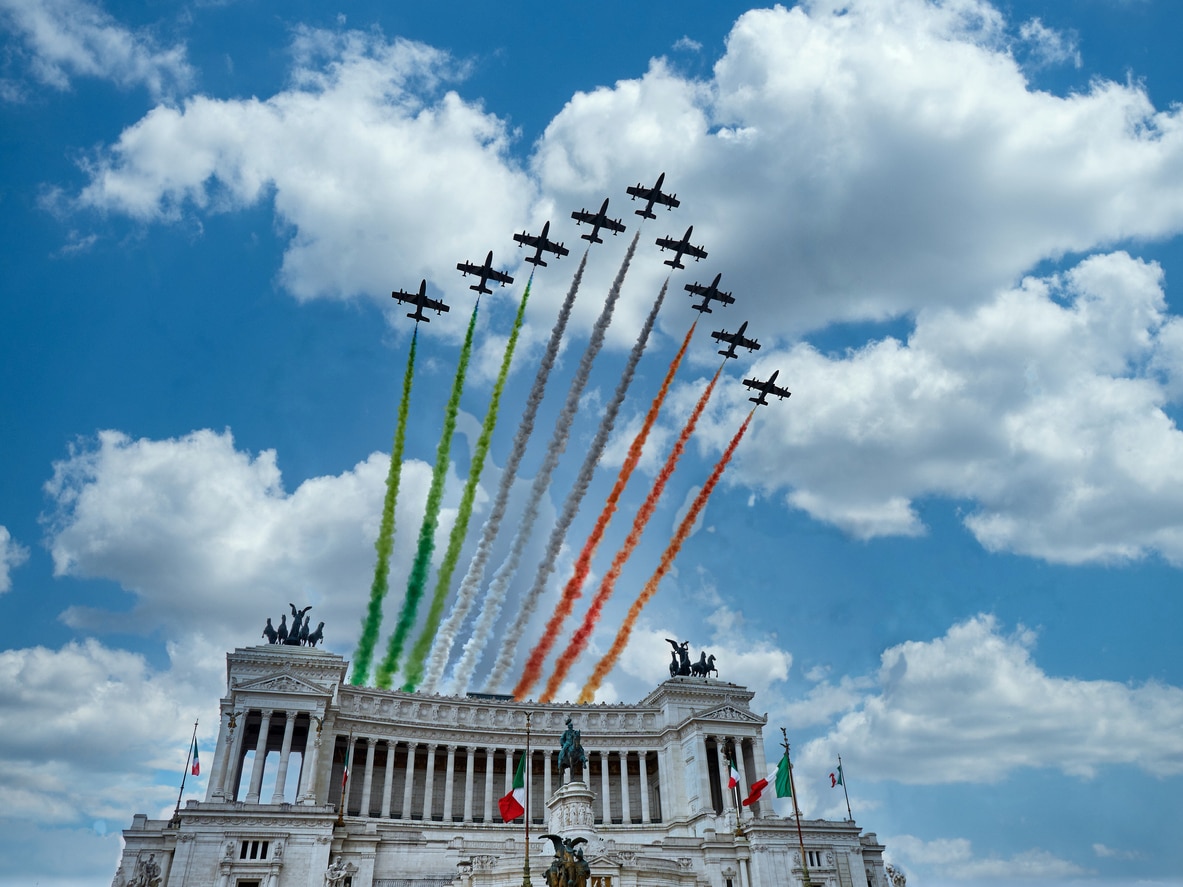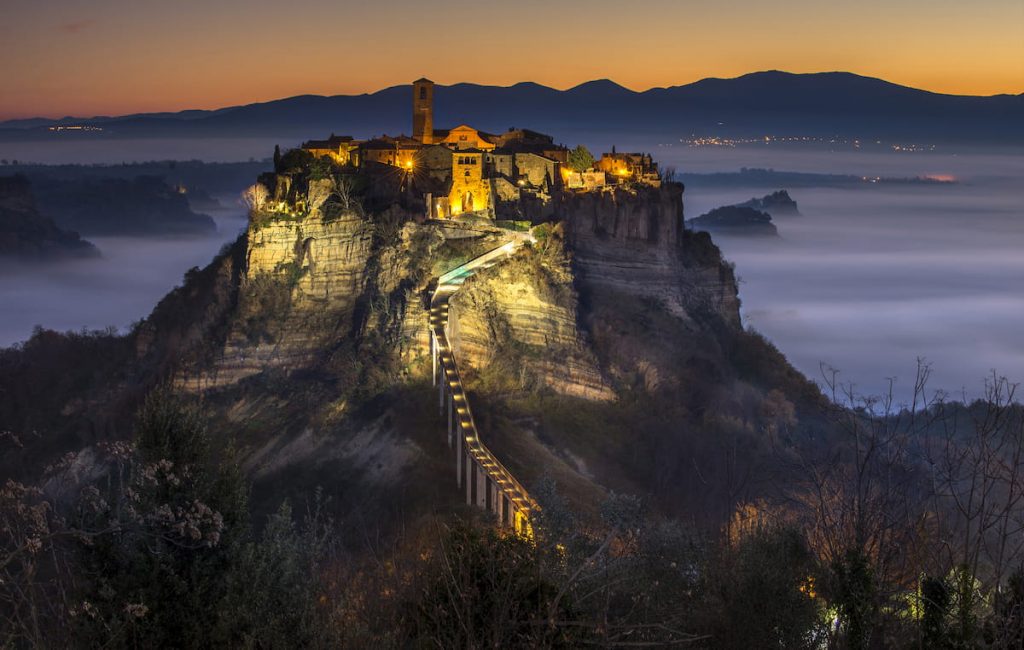
All Saints’ Day, known as Ognissanti in Italian, is a significant holiday observed across Italy on November 1st each year. This day is dedicated to honoring all saints, both known and unknown, and remembering loved ones who have passed away.
- Historical Roots of All Saints’ Day
- A Day for Reflection: How Italians Honor Their Ancestors
- Culinary Traditions: Food as a Means of Remembrance
- The Connection Between All Saints’ Day and All Souls’ Day
Historical Roots of All Saints’ Day
The origins of All Saints’ Day (Ognissanti in italian) trace back to the early Christian Church. Initially, individual saints were honored on the anniversary of their martyrdom. However, as the number of martyrs grew, the Church established a collective day to celebrate all saints. Pope Gregory III formalized this practice in the 8th century, by designating November 1st as the official day for All Saints. Pope Gregory IV extended the celebration to the entire Catholic Church in the 9th century.
This date coincided with the pagan festival of Samhain, which honors the dead. By Christianizing the holiday, the Church sought to incorporate popular customs and traditions into Christian practice.
In Italy, All Saints’ Day is both a religious observance and a public holiday. Most businesses and schools are closed, allowing families to come together to honor their ancestors and partake in various customs that reflect their regional heritage.

Italy’s Festivals and Celebrations: A Guide to Local Culture and Traditions
Explore Italy’s rich history and vibrant culture through its seasonal festivals and traditions. Discover the elegance of traditional dresses and the lively tunes of traditional music, showcasing Italy’s communal spirit and storied past.
A Day for Reflection: How Italians Honor Their Ancestors
All Saints’ Day is more than just a religious holiday; it is a time for Italians to reflect on life, death, and the enduring bonds of family. On this day, families visit cemeteries to tend to the graves of their loved ones. They bring flowers, often chrysanthemums, and light candles as a symbol of remembrance.
Traditions in Northern Italy: Remembering Loved Ones with Focaccia dei Morti
In northern regions like Lombardy and Piedmont, families often prepare special foods such as Focaccia dei Morti (Focaccia of the Dead), a sweet bread made with raisins and nuts. This bread symbolizes the connection between the living and the deceased. Families gather for solemn processions to cemeteries where they pay their respects, often bringing flowers like chrysanthemums to decorate graves.
Southern Charm: Celebrating with Ossa dei Morti and Unique Customs
In southern Italy, particularly in Sicily, children eagerly await gifts from deceased relatives, often in the form of sweets known as Ossa dei Morti (Bones of the Dead), which are almond cookies shaped like bones. This blend of sacred remembrance and playful tradition emphasizes the ongoing bond between generations. Families also prepare elaborate meals featuring local specialties, fostering a festive yet reflective atmosphere.
All Saints’ Day in Rome: Tradition Meets Modernity

In Rome, All Saints’ Day is marked by grand public masses held in major churches, including St. Peter’s Basilica. The Pope often leads these services, drawing crowds from around the world. The city’s many cemeteries, such as the Verano cemetery, fill with visitors paying their respects to departed loved ones.
Following mass, families gather for lengthy meals featuring traditional dishes such as Pane dei Santi (Bread of Saints), made with figs and walnuts. These communal meals strengthen family bonds while honoring those who have passed.
Culinary Traditions: Food as a Means of Remembrance

Food plays a central role in All Saints’ Day celebrations across Italy, with each region offering its own specialties:
- In Liguria, dishes like Ceci con le Costine (chickpeas with pork ribs) are commonly served.
- In Tuscany, families might enjoy roasted chestnuts or pumpkin risotto.
- In Sicily, sweets such as Frutta Martorana (marzipan fruits) are popular symbols of harvest and remembrance.
These culinary delights serve not only to nourish but also to connect families through shared recipes passed down over generations.
The Connection Between All Saints’ Day and All Souls’ Day
All Saints’ Day is closely linked to All Souls’ Day, also known as the Day of the Dead (Giorno dei Morti), which is celebrated on November 2nd. While Ognissanti honours all saints, All Souls’ Day focuses on remembering loved ones who have died. On this day, Italians visit cemeteries to light candles and leave flowers at gravesites. The traditional flower for this occasion is also the chrysanthemum, a symbol of death in Italian culture.
Many families set an extra place at the dinner table during these days, leaving food or drinks as a gesture of hospitality for departed loved ones — a poignant reminder of their enduring presence in family life.

Italy’s Ghost Towns: Exploring Abandoned Villages and Ruins
Explore Italy’s ghost towns—abandoned villages that reveal stories of the past. Discover Craco, Roscigno Vecchia, Pentedattilo and more, uncovering their mysteries and embarking on ghostly tours.





